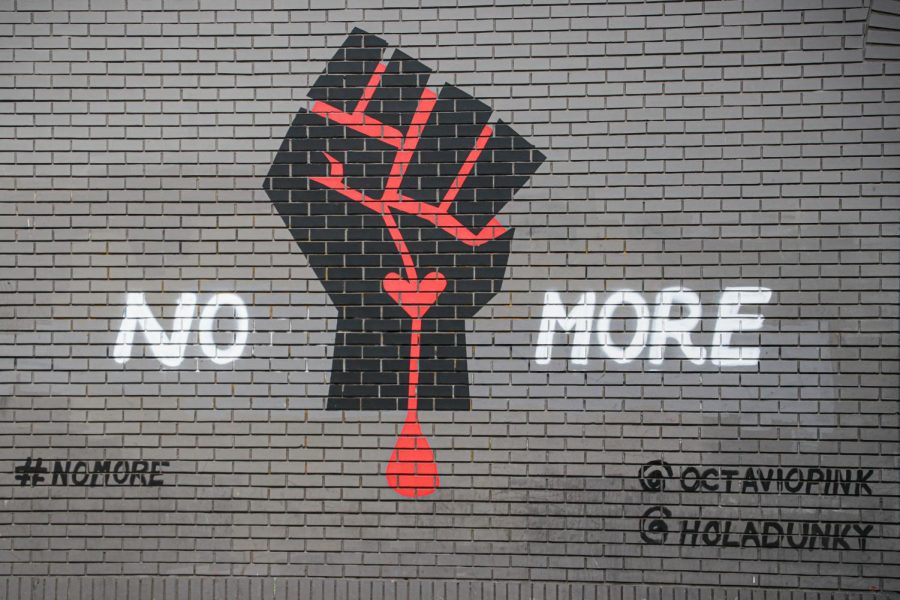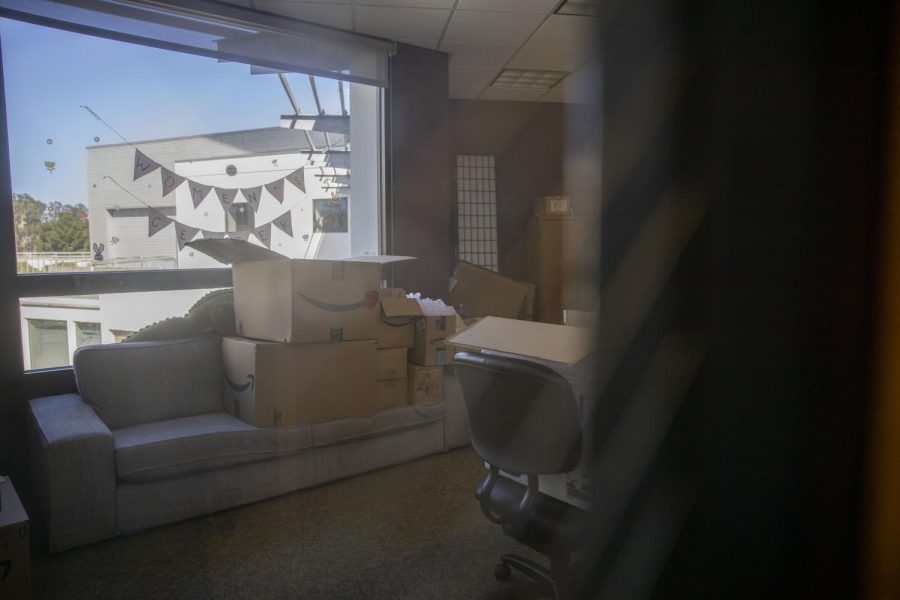Along with constant celebrations, such as big family dinners, parades, lighting firecrackers and handing out money in red envelopes during one of the most celebrated times of the year in Chinese culture, men and women dress in their most vibrant Chinese New Year garments to accentuate the beauty of this holiday.
“The qipao is the normal dress for women and a tangzhuang is the outfit for men,” said Chinese shop owner, Kevin Liu. “Wearing red is very important for Chinese New Year.”

A qipao dress is the main garment traditionally worn by a woman for Chinese New Year. The straight cut, form-fitting dress is made with various fabrics such as silk and velvet and comes in different radiant colors. A qipao can also be made in a variety of different styles. This traditional dress can either be worn straight to the bottom of the ankles or with a slit beginning right at the upper thigh.
The design options for a qipao are endless. Women can be seen throughout festivals and family celebrations with the intricate pieces. Each of them unique as if specially made for one person.
Liu, 38, is the shop owner of Asian Trends located in San Francisco’s Chinatown. While not completely familiar with his Chinese heritage – being born and raised in America – he understands the significance of these dresses in Chinese fashion and culture.
Good luck and attaining new clothes are major themes for the Chinese New Year, also commonly known as the Spring Festival or Lunar New Year. New clothes are a big part of this celebration because it represents throwing out the old belongings and coming into the Chinese New Year with something pristine and brand new. The newness of these garments are also meant to protect people from evil spirits.
The tangzhuang is the traditional Chinese outfit worn by men. It is simpler than a qipao, consisting of a suit-like jacket with a straight collar. This formal attire is made in numerous patterns and colors, as well. The jacket is worn with Chinese-style buttons stitched in the front, keeping it neatly closed.
Throughout Chinese New Year, people from different ethnicities and cultures come together to celebrate this worldly tradition. During parades and festivals, children are also seen dressed head-to-toe in the proper Chinese attire.
Annelise Pierce, a mother from Redding, has a strong appreciation for celebrating Chinese New Year, especially after adopting two children from China.
“It’s a good way to stay close to their Chinese culture and being connected to the global community. It’s a very lucky time and happy time, and as a family it’s a special time,” said Pierce.

In Asian cultures, New Year’s and Christmas are not often celebrated or represented as fervently as in American culture. Chinese New Year is the equivalent of those holidays for Asian families. Taking part in eating, sharing gifts and getting dressed up for this particular festival is their joyous celebration.
“Everyone gets a year older, even though it’s not everyone’s birthday,” said SF State communications major Kylie Kirkland. “It’s a day to acknowledge people and wish them good fortune.”
Kirkland and her family make an effort every year to take part in the Chinese New Year traditions. After gaining knowledge of the practice through family friends and coworkers, these celebrations have become a part of who they are.
Angelica-Lorriane Lee, 25, a student from San Jose State, embodies the festive Chinese New Year dress. On the day of the Chinese New Year Festival in Chinatown, Lee wore a dark-purple and blue qipao, Chinese porcelain-like shoes and a Chinese takeout box shaped shoulder bag.
“I’m both Filipino and Chinese, so I don’t really belong in just one community,” Lee said. “So, I think for me, Chinese New Year is one part of a heritage that I can take part in.”
Whether sporting a qipao or tangzhuang, the traditional festive attire is what brings family together. While attributing good fortune, these fashions also depict the harmony and fellowship of a custom and its timeless history.






